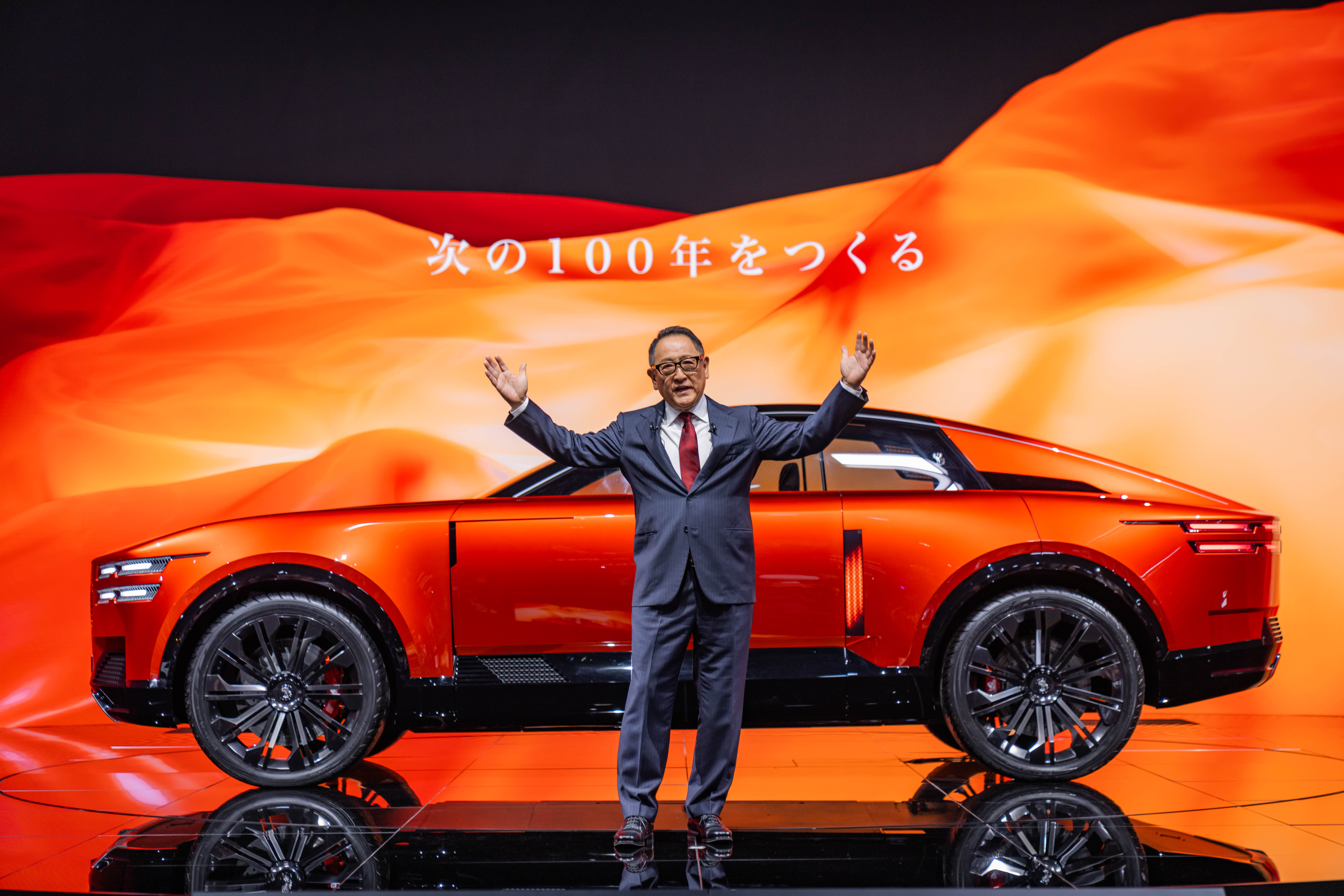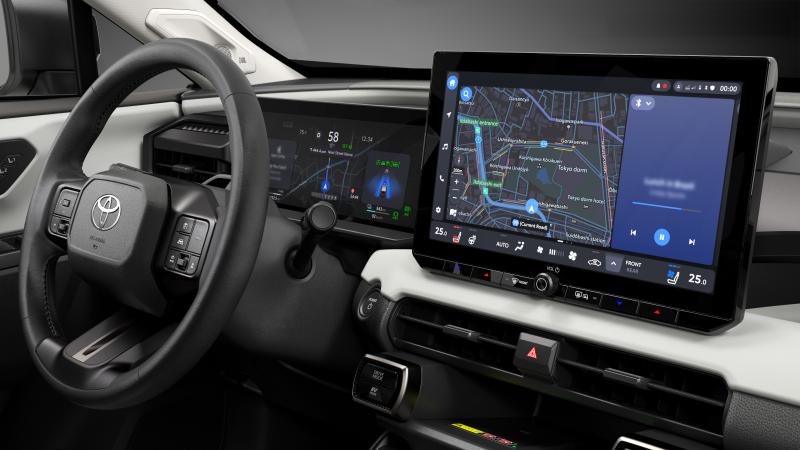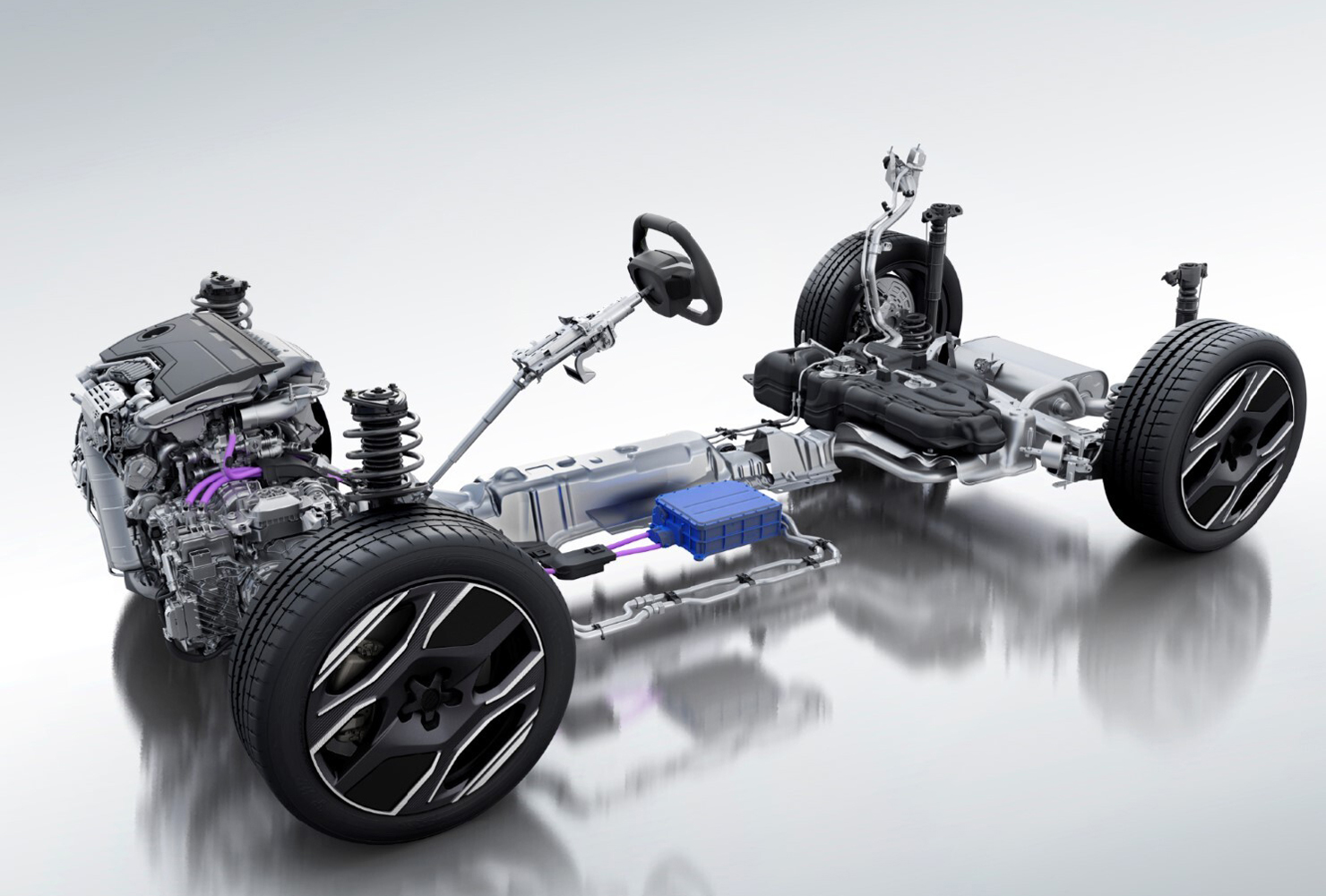
Toyota's Chairman calls for Japan's auto industry to reclaim innovation as production declines, while Chinese rivals advance with software-defined vehicles and new technology.

Drivetech Partners
At the Japan Mobility Show 2025, Toyota Chairman Akio Toyoda delivered a powerful call to action for Japan's automotive industry to recapture its innovative spirit in the face of rising global competition, particularly from Chinese manufacturers. His speeches highlighted a concerning reality: Japan's legendary "monozukuri" innovation culture has faded, creating an urgent need for transformation as domestic production numbers decline and Chinese competitors surge ahead with software-defined vehicle technologies.
“The ‘Japan as No 1′ era is behind us, and we are now in what has come to be known as ‘the lost 30 years’,” Toyoda said. “Japan as a nation seems to have lost some of its energy and dynamism, along with our presence in the world.”
Key Takeaways
Japan faces a declining industrial output with automotive production down 5.9% in March 2025, signaling a serious innovation crisis
Toyota's five-brand "comeback strategy" aims to foster specialized innovation while maintaining its diverse powertrain approach
Chinese manufacturers have established a significant lead in software while Japanese OEMs continue to excel in hardware manufacturing
The multi-pathway powertrain strategy may either provide flexibility or simply delay necessary transitions to electric vehicles
Japan's automotive sector, employing 5.45 million people and representing 2.9% of GDP, faces an existential challenge that demands rapid adaptation

Japan's Automotive Identity Crisis: Innovation Lost
The numbers tell a sobering story for Japan's automotive sector. Industrial production fell 1.1% month-over-month in March 2025, with automotive output specifically down 5.9%. Toyota's production dropped 6.9% while Nissan plummeted 14.7% during the same period. These statistics confirm what Toyoda acknowledged at the Japan Mobility Show: the innovative spirit that once defined Japan's global automotive dominance has significantly eroded.
While Japanese brands still maintain an impressive 93.9% of domestic vehicle sales, this home-field advantage masks deeper troubles. The sector faces a perfect storm of challenges: the 2024 Daihatsu safety test scandal, persistent supply chain disruptions, and punishing new 25% U.S. tariffs that cut $17 billion from Japan's auto exports in Q1 2025 alone. These developments signal that the foundation of Japan's automotive industry is shaking.
The Five-Brand "Comeback" Strategy: Bold Vision or Defensive Play?
Toyota's response centers on a major restructuring around five distinct brands: Toyota, Lexus, Century, Daihatsu, and GR. Each brand has been assigned specialized innovation agendas targeting different mobility segments and customer needs. This approach aims to recapture the innovative DNA that propelled Japan's original automotive rise while adapting to a fragmented global market.
Toyoda repeatedly framed this initiative as Japan's "global comeback," acknowledging the need for cultural transformation that celebrates risk-taking and individual initiative rather than just process efficiency. Early domestic market results show mixed success: Toyota's sales are up 8% year-to-date to 941,416 units, and Daihatsu has surged 71% to 341,709 units. However, competitors Honda and Nissan continue struggling with 8% and 13% declines respectively.

Multi-Pathway Powertrain Strategy: Pragmatic Approach or Resistance to Change?
Perhaps the most controversial aspect of Japan's automotive strategy is its continued commitment to a diverse powertrain approach. While Chinese, American, and European manufacturers push aggressively toward battery electric vehicles (BEVs), Japanese OEMs continue developing hybrids, plug-in hybrids, hydrogen fuel cells, and improved internal combustion engines simultaneously.
This approach aligns with current Japanese consumer preferences. BEV sales actually dropped 13.1% year-to-date 2025, while internal combustion engines rebounded to 44.7% market share in the first half of 2025. Hybrids remain the dominant growth segment, forming over 50% of new car sales in Japan.
Toyota justifies this strategy as responding to "real-world customer needs" and infrastructure limitations across global markets. The critical question remains: does this multi-pathway approach truly serve consumers best, or does it primarily protect Japanese manufacturers' existing technological advantages while delaying inevitable transitions?

The "To You" Philosophy: Customer-Centricity as Competitive Edge
Central to Toyota's revival strategy is what Toyoda and President Koji Sato call their "to you" philosophy—emphasizing regional specificity, collaboration with local suppliers, and co-creation with customers. This approach frames mobility not as standardized products but as solutions tailored to specific markets and use cases.
This philosophy manifests through the Century brand's aspirational Japanese luxury identity and Daihatsu's focus on affordable, regionally optimized transportation. Japanese OEMs also highlight their unique partnership models, including local supply chains, urban mobility pilots, and even potential industry collaboration (such as the ongoing Nissan-Honda talks to share EV technology).
The bet here is clear: consumer trust in reliability, proven hybrid technology, and engagement with local challenges like rural aging and urban congestion will generate sustainable loyalty even against technologically advanced Chinese competitors. The question is whether this customer trust can overcome growing technology gaps.
The Software Gap: China's Digital Dominance vs. Japan's Hardware Excellence
The most glaring challenge facing Japanese automakers is China's dramatic leap in software-defined vehicles (SDVs). Companies like BYD, Geely, and Huawei-partnered brands now deliver frequent over-the-air updates, advanced infotainment systems, and semi-autonomous features at mass-market price points that Japanese manufacturers struggle to match.
The contrast is stark: BYD sold over 1.5 million BEVs with advanced software platforms in China during 2024, while Japanese BEVs represent less than 1% of China's electric vehicle sales. The global investment into vehicle digitization reached €85 billion in R&D in 2023, with Chinese automakers dominating patent filings in AI and connected car technologies.
This software gap threatens to isolate Japanese manufacturers from younger, tech-savvy consumers both domestically and globally. Without rapidly scaling their in-car digital experiences and opening their platforms beyond proprietary systems, Japanese brands risk becoming the automotive equivalent of feature phones in a smartphone world.
The Innovation Imperative: Can Japan Close the Software Gap?
To regain competitive footing, Japanese OEMs must prioritize closing the software gap through several urgent steps. They need to either proactively engage with third party software R&D vendors, or significantly deepen in-house software R&D, while simultaneously opening up to global technology partnerships. The stakes are clear as signaled by the Nissan-Honda collaboration talks which collapsed, and Toyota's own SDV initiative is only expected to be launched in 2026.
To close the gap in Software-Defined Vehicle (SDV) competitiveness, Japanese OEMs must act decisively in three areas:
Deploy robust over-the-air (OTA) software update platforms across all new vehicle models by 2027, ensuring long-term scalability and continuous feature upgrades for end users;
Unify, streamline, and standardize their digital architectures to enable rapid integration of new functions and services;
Foster vibrant third-party developer and digital content ecosystems—opening up core vehicle platforms to outside partners in order to accelerate innovation, enrich in-vehicle experiences, and build new recurring revenue streams.
Strategic execution in these areas will be critical for Japanese automakers to remain globally competitive as mobility shifts to software-centric value creation.
These steps are essential not just for competitive positioning but for the survival of Japan's entire automotive sector, which employs 5.45 million people and represents 2.9% of the nation's GDP.
The potential of the Nissan-Honda talks was designed to create a more competitive software ecosystem through resource pooling and shared development. However the collapse of the merger has significantly impacted both Honda and Nissan's SDV ambitions.

Toyota, meanwhile, has opted to develop its own SDV architecture, called Arene. This SDV platform has been developed by Woven by Toyota and will make its production debut in the new RAV4, which is expected to go on sale in Japan in 2026. Arene provides a unified architecture for modular software, over-the-air updates, cloud integration, and advanced safety functions, marking Toyota’s first major step toward delivering scalable and adaptive SDVs across its lineup.
However, while Arene will be evaluated by both Toyota executives and consumers over time, the pace of change must accelerate dramatically if Japanese OEMs hope to counter China's software advantage before it becomes insurmountable.
Conclusion: Japan's Automotive Future - Evolution or Extinction?
Toyota's comeback strategy represents a critical juncture for Japan's automotive industry. The question remains whether it constitutes genuine transformation or merely defensive positioning in the face of rapid industry change. Can Japan effectively leverage its well-earned reputation for reliability and manufacturing excellence to catch up in the software-defined vehicle race?
The multi-pathway powertrain approach might provide strategic flexibility in uncertain markets, but it may also delay necessary transitions that competitors are making more decisively. As the automotive world continues its digital transformation, Japan's approach will determine not just the fate of its auto companies but also the nation's broader economic identity and millions of automotive jobs.
The coming years will reveal whether Akio Toyoda's vision for recapturing Japan's innovative spirit can succeed against China's software advantage. The outcome will shape not just Toyota but the future of Japan's industrial identity in the 21st century.
Sources
Toyota Times: Japan Mobility Show 2025
WC Shipping: Japan Manufacturing Decline
Focus2Move: Japan Auto Market
JATO: Japan's Automotive Electrification Trends 2025
GR Company: Japan Industry Insight Automobile Industry
Images: Toyota Group





